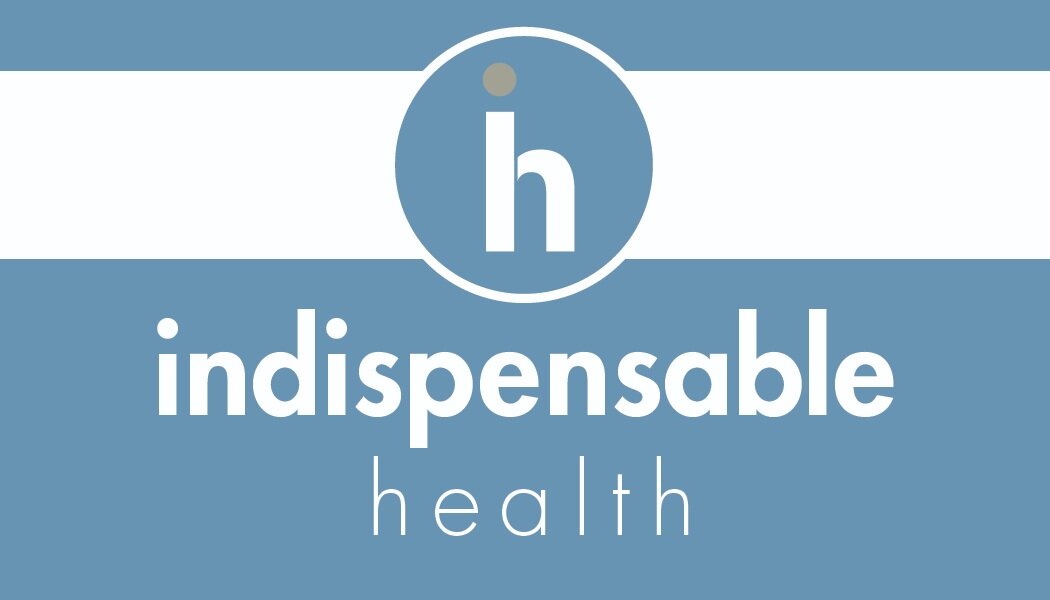Revolutionizing Nursing: Eliminating Strain and Burnout Through Technological Efficiency
In the ever-evolving world of healthcare, nurses stand as the compassionate pillars of patient care. However, the demands of the profession can lead to significant strain and burnout. The solution? Harnessing the power of technology to streamline workflows, eliminate unnecessary steps, and empower nurses to provide the best care possible while safeguarding their well-being.
I. Liberating Nurses from Administrative Shackles
Nurses are skilled caregivers, not data entry specialists. Yet, administrative tasks often consume precious time that could be better spent at the bedside. Technology offers a lifeline by automating documentation, report generation, and data entry:
A. Electronic Health Records (EHRs): Embracing EHRs allows nurses to access patient information swiftly, reducing the need for manual chart searches and paperwork.
B. Voice Recognition Technology: Dictating notes through voice recognition software expedites documentation, freeing nurses from typing and ensuring accurate records.
C. Video Technology: Video technology is being used more frequently to monitor patients to improve patient safety and nursing efficiency. Prompt visual observation and rapid audio communication systems will ease the impact of nurses making two trips to every patient room to solve one problem. The first trip usually identifies the problem or need, the second delivers a solution.
Indispensable Health offers a nursing efficiency program and specializes in Med Room remote support.
D. Remote Support: Using remote support resources can also enable a more efficient work environment. Telepharmacy, for example, gives the nursing team the same depth of medication knowledge and problem solving that is offered before the pharmacy is closed for the day in medium or small hospitals.
II. Smart Task Management for Optimized Workflows
Nursing involves juggling numerous tasks simultaneously. Technology can act as a reliable assistant, helping prioritize tasks, manage medications, and ensure timely interventions:
A. Task Management Apps: Specialized apps help nurses organize tasks, set reminders, and track completed activities, preventing missed assessments or medication administrations.
B. Automated Medication Dispensing: Automated dispensing systems ensure patients receive medications on time, reducing the chance of errors and easing nurses' workload.
III. Seamless Communication Enhancing Collaboration
Efficient communication lies at the heart of coordinated patient care. Technology bridges the gap, enabling swift and accurate exchange of information among healthcare teams:
A. Mobile Communication Apps: Instant messaging platforms facilitate real-time communication between nurses, physicians, and other team members, minimizing delays and enhancing collaboration.
B. Telehealth Solutions: Virtual consultations allow nurses to connect with specialists remotely, reducing the need for patients to be physically moved and providing quicker interventions. It also allows access to ancillary professionals who can quickly solve problems and provide clinical confidence to the nursing team 24/7, see Indispensable Health’s TelePharmRx program.
IV. Data-Driven Insights for Informed Decisions
Technology's ability to gather and analyze data offers nurses valuable insights, aiding informed decision-making and proactive patient care:
A. Predictive Analytics: Algorithms can predict patient deterioration, helping nurses intervene early and prevent critical situations, thus reducing stress and improving outcomes.
B. Clinical Decision Support Systems: These tools offer evidence-based recommendations, guiding nurses in complex situations and bolstering their confidence in critical decisions.
V. Redefining Nurse-Patient Interaction
Nursing isn't just about treatment; it's about building relationships with patients. By reducing time spent on administrative tasks, technology allows nurses to invest more in meaningful patient interactions:
A. Virtual Visits and Patient Portals: Patients can communicate with nurses remotely through video calls or patient portals, enabling follow-ups and reducing the need for unnecessary hospital visits.
B. Patient Education Apps: Nurses can recommend trusted apps that provide patients with essential information and self-care instructions, empowering them to take control of their health.
VI. Conclusion
Technology is the beacon guiding healthcare toward a future of enhanced efficiency and improved well-being for nurses. By eliminating unnecessary steps in workflows and replacing them with smart technology solutions, nursing professionals can focus on what they do best: delivering compassionate care. This digital transformation not only benefits nurses but also creates a ripple effect, positively impacting patient outcomes and the overall healthcare landscape. As we embrace these technological advancements, we pave the way for a healthier, happier, and more resilient nursing workforce.

